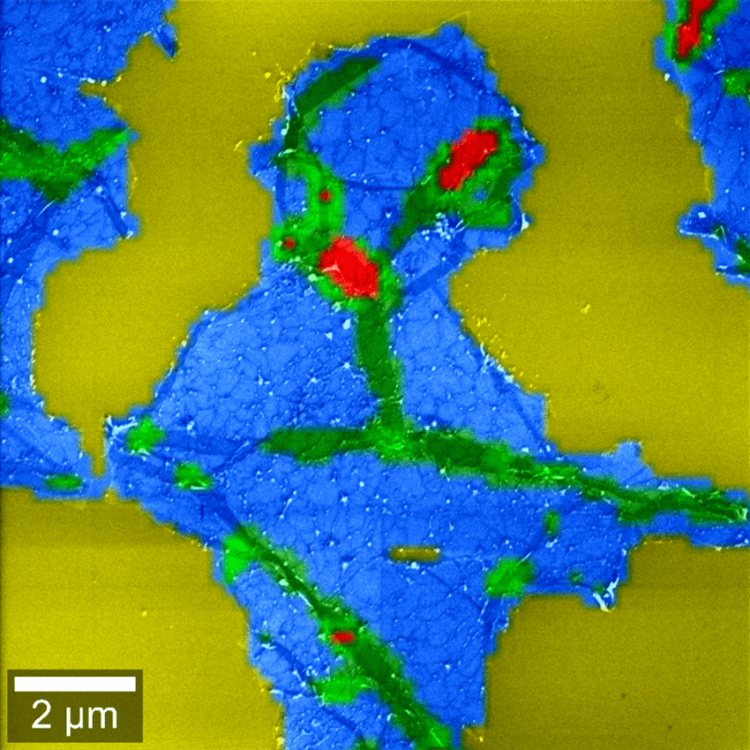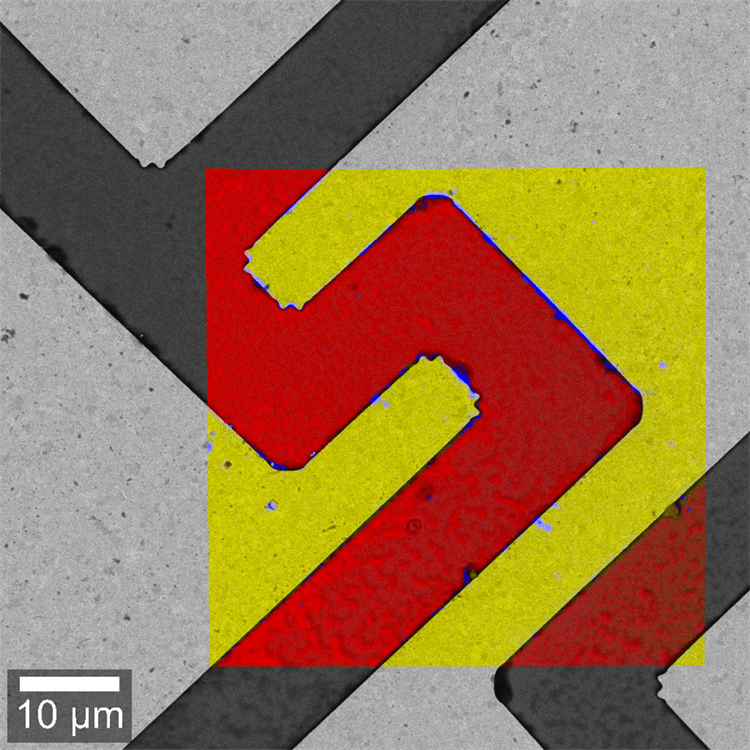RISE microscopy systems from WITec are the world’s first fully integrated Raman Imaging and Scanning Electron microscopes.
RISE is an advanced correlative microscopy method that enables structural surface properties to be linked to molecular compound information. Samples are automatically transferred from one measuring position to the other within the vacuum chamber, streamlining the workflow and considerably improving the instrument's ease of use.
The microscope combines all the features of an autonomous SEM and the alpha300 confocal Raman imaging microscope within one instrument. RISE is ideally suited to nanotechnology research, materials science, life science, geoscience, pharmaceutics and many other fields of application.
Key Features
- Fast and easy switching between SEM and Raman measurement
- Built-in software interface for easy-to-use measurement control
- Automated transfer of the sample for measurement mode selection
- Raman and SEM imaging capabilities are not compromised
- Correlation of the image overlay and measurement results

Correlative Raman-SEM (RISE) image of a graphene flake. The colors indicate the graphene layers and wrinkles. Image Credit: WITec GmbH

RISE image of a gallium arsenide sample. Gold substrate (yellow), GaAs (red) and residues from production (blue). Image Credit: WITec GmbH

Raman spectral image of the mineral phase of a diorite rock section, overlaid onto the SEM image. Raman single spectra acquired from the three distinct regions with the characteristic Raman bands of quartz (brown), epidot (red) and plagioclase (green). Image Credit: WITec GmbH